
History, Genetics, Generic.
Visit my substack to get more than 280 characters:
https://t.co/PHcTAg6f4i
8 subscribers
How to get URL link on X (Twitter) App



 Children were brought from across the region to be sacrificed next to the Chimú capital.
Children were brought from across the region to be sacrificed next to the Chimú capital.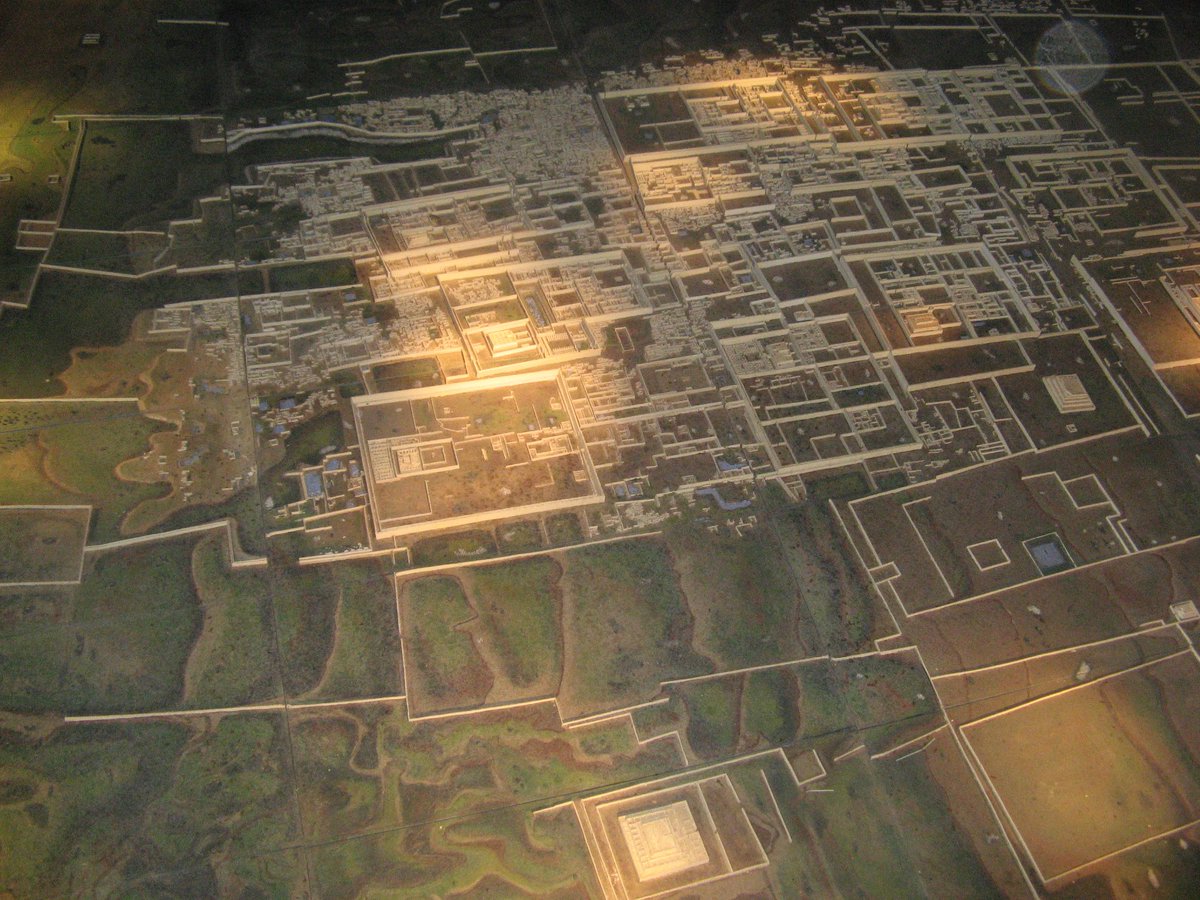

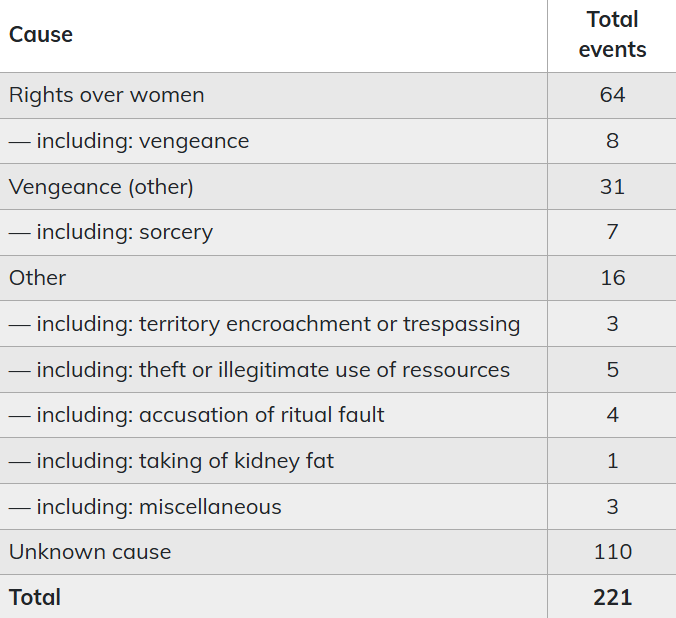
 When Napoleon Chagnon told the Yanomamo, a relatively war-like Amazon tribe, that American academics think that they fight over "game animals and meat," they laughed and responded: "We do like meat, we like women a whole lot more!"
When Napoleon Chagnon told the Yanomamo, a relatively war-like Amazon tribe, that American academics think that they fight over "game animals and meat," they laughed and responded: "We do like meat, we like women a whole lot more!" 

 There are also significant sex differences in physical aggression between girls (pink) and boys (blue) that are present since age 2.
There are also significant sex differences in physical aggression between girls (pink) and boys (blue) that are present since age 2.

 Half of all Swedish inventors came from a highly elite background, and another third from the upper middle class.
Half of all Swedish inventors came from a highly elite background, and another third from the upper middle class. 

 This study tracking elite surnames among skilled professionals and academics in Hungary shows that "social mobility rates under communism were the same as in the subsequent capitalist regime."
This study tracking elite surnames among skilled professionals and academics in Hungary shows that "social mobility rates under communism were the same as in the subsequent capitalist regime." 

 The most common occupation of the signers on the 1806 Manchester anti-slavery petition, one of our earliest surviving anti-slavery petitions, was related to manufacturing.
The most common occupation of the signers on the 1806 Manchester anti-slavery petition, one of our earliest surviving anti-slavery petitions, was related to manufacturing. 

 Scythians would later ravage the Near East
Scythians would later ravage the Near East
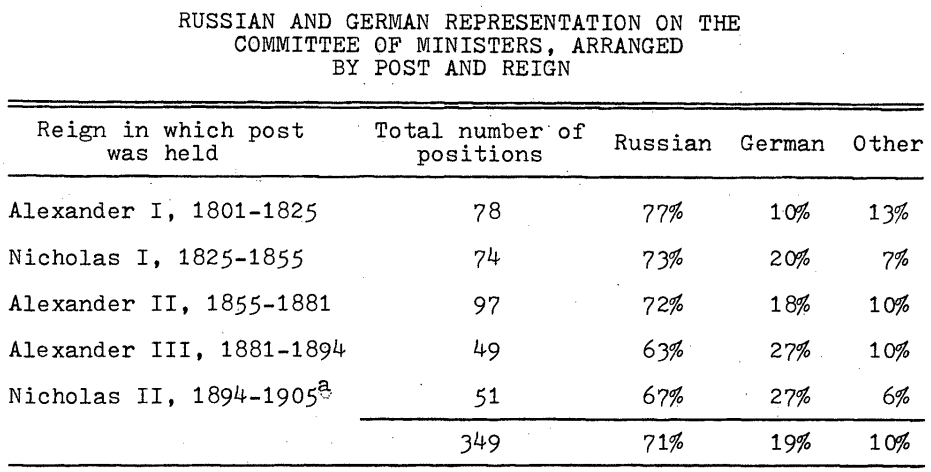
 Detailed origin of ministers.
Detailed origin of ministers.

 The Mycenaeans were very familiar with the coasts of West Asia, and many places there are referenced in Linear B tablets.
The Mycenaeans were very familiar with the coasts of West Asia, and many places there are referenced in Linear B tablets. 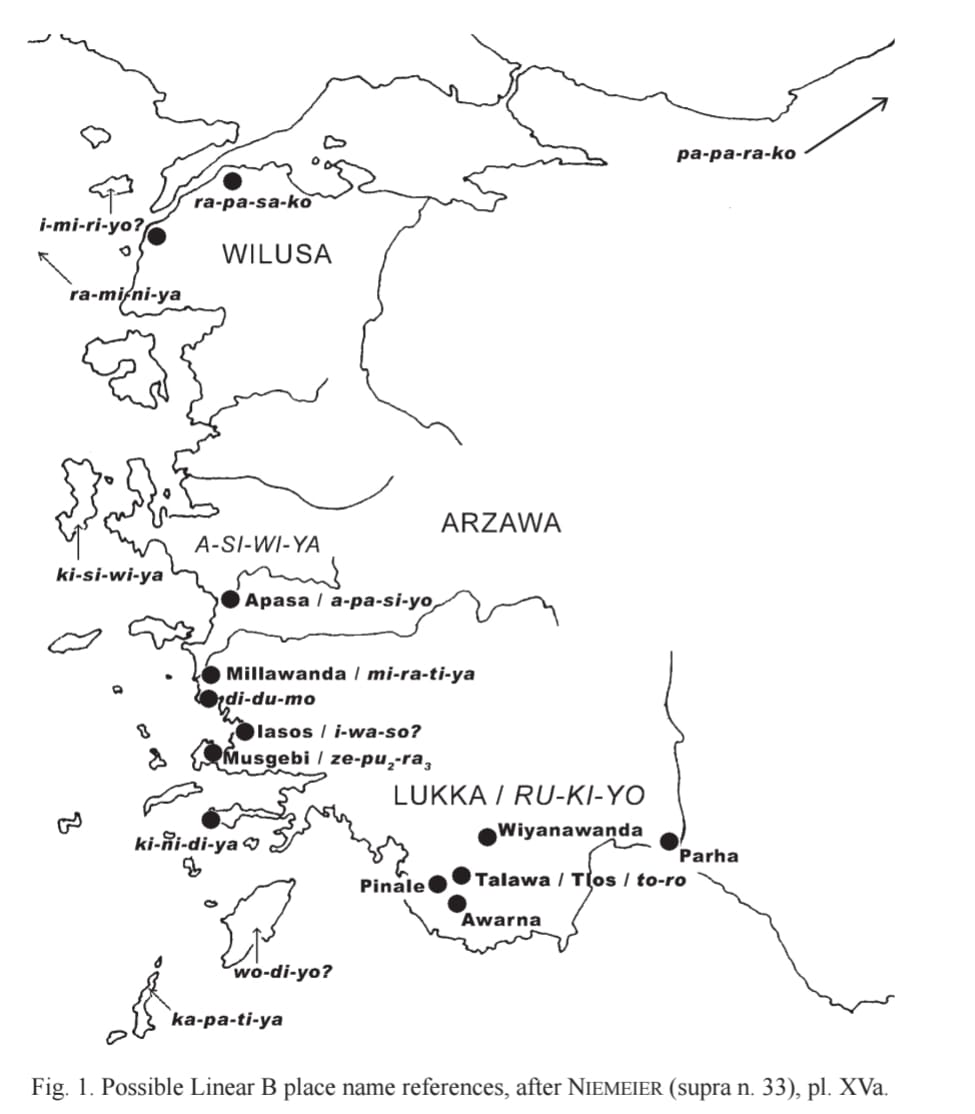


 Comparison of Ptolemy’s longitudes and latitudes with real values.
Comparison of Ptolemy’s longitudes and latitudes with real values.
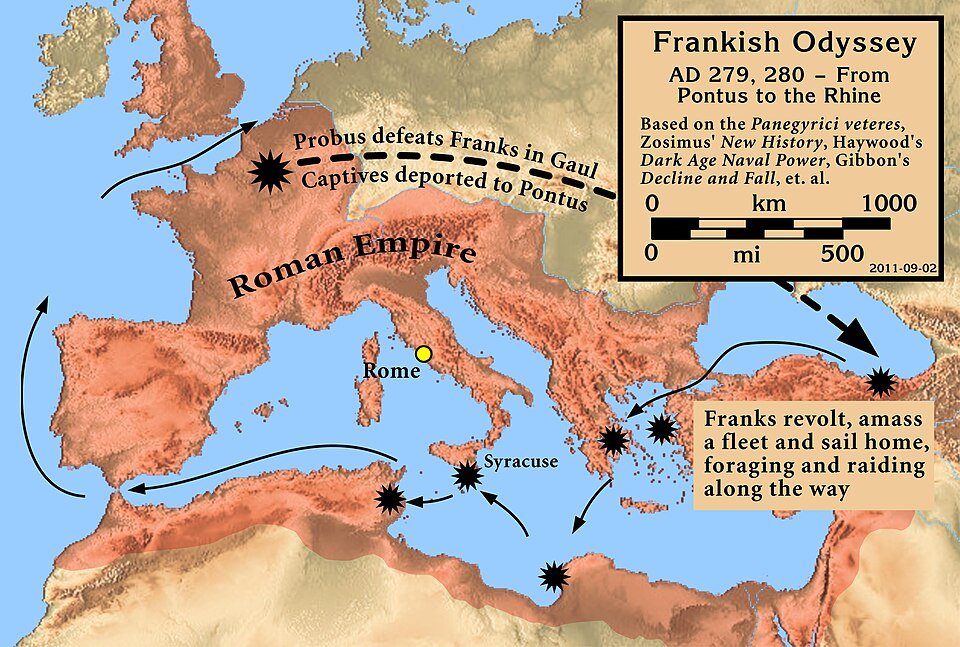
 Here's Edward Gibbon's description of the odyssey from his history:
Here's Edward Gibbon's description of the odyssey from his history:


 Rulers in the time of the Roman Republic were the consuls. Due to various historical reasons, we have data on all Roman consuls, 737 people, serving between 509 BC - 31 BC.
Rulers in the time of the Roman Republic were the consuls. Due to various historical reasons, we have data on all Roman consuls, 737 people, serving between 509 BC - 31 BC.
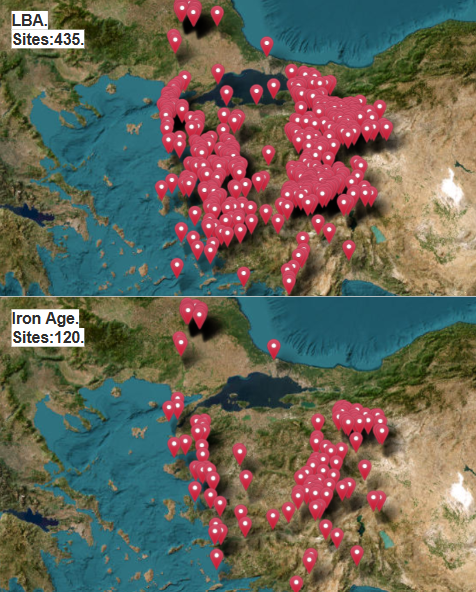
 Data from the Luwian site atlas
Data from the Luwian site atlas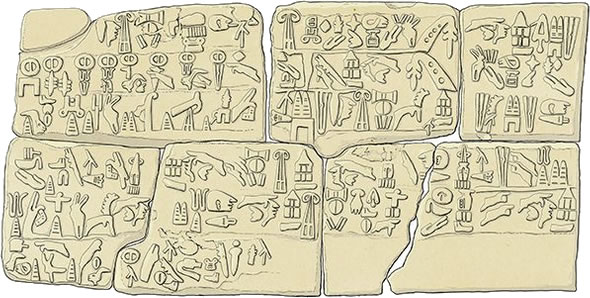
 omniglot.com/writing/luwian…
omniglot.com/writing/luwian…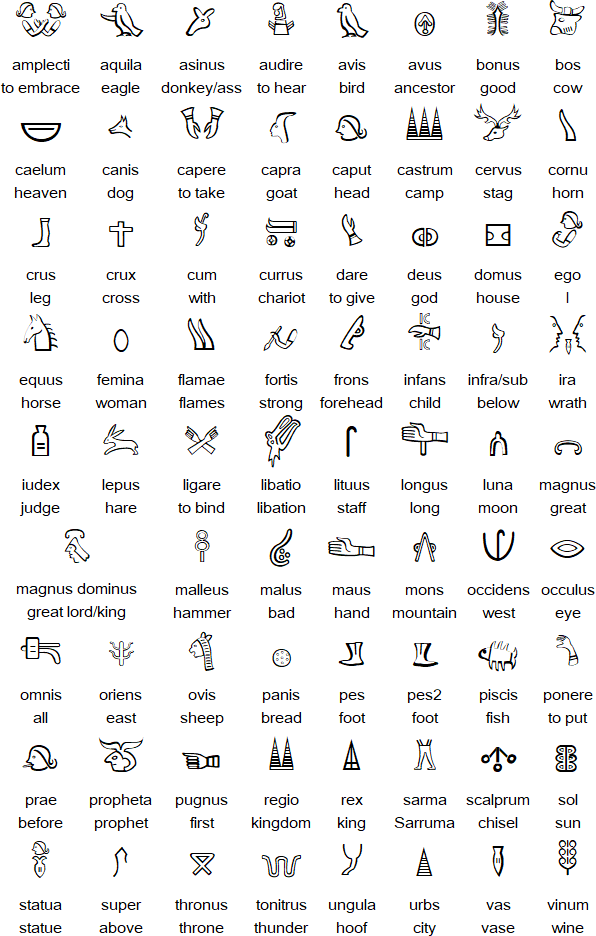

 historynewsnetwork.org/blog/4078
historynewsnetwork.org/blog/4078

 "Las Médulas, the most important gold mine in the Roman Empire. The spectacular landscape resulted from the ruina montium mining technique"
"Las Médulas, the most important gold mine in the Roman Empire. The spectacular landscape resulted from the ruina montium mining technique" 

 "The expected compensations of a young apprentice (unaware of his future talent) were increasing during the fifteenth century. But a similar increase in profitability also applies conditioning on the talent of the painter...reaches levels in the 1480s that are about three times those of the 1420s."
"The expected compensations of a young apprentice (unaware of his future talent) were increasing during the fifteenth century. But a similar increase in profitability also applies conditioning on the talent of the painter...reaches levels in the 1480s that are about three times those of the 1420s."


 "Yakutia_LNBA is associated with migrations of prehistoric Uralic speakers. We show that Yakutia_LNBA first dispersed westwards...into West Siberian communities associated with Seima-Turbino metallurgy....Seima-Turbino period individuals were diverse in their ancestry, also harbouring DNA from Indo-Iranian-associated pastoralists...Thus, both cultural transmission and migration were key to the Seima-Turbino phenomenon, which was involved in the initial spread of early Uralic-speaking communities."
"Yakutia_LNBA is associated with migrations of prehistoric Uralic speakers. We show that Yakutia_LNBA first dispersed westwards...into West Siberian communities associated with Seima-Turbino metallurgy....Seima-Turbino period individuals were diverse in their ancestry, also harbouring DNA from Indo-Iranian-associated pastoralists...Thus, both cultural transmission and migration were key to the Seima-Turbino phenomenon, which was involved in the initial spread of early Uralic-speaking communities."

 Plutarch's description of the 'Tessarakonteres', the 4000 rowers.
Plutarch's description of the 'Tessarakonteres', the 4000 rowers. 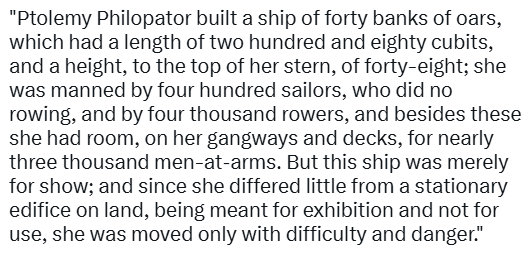
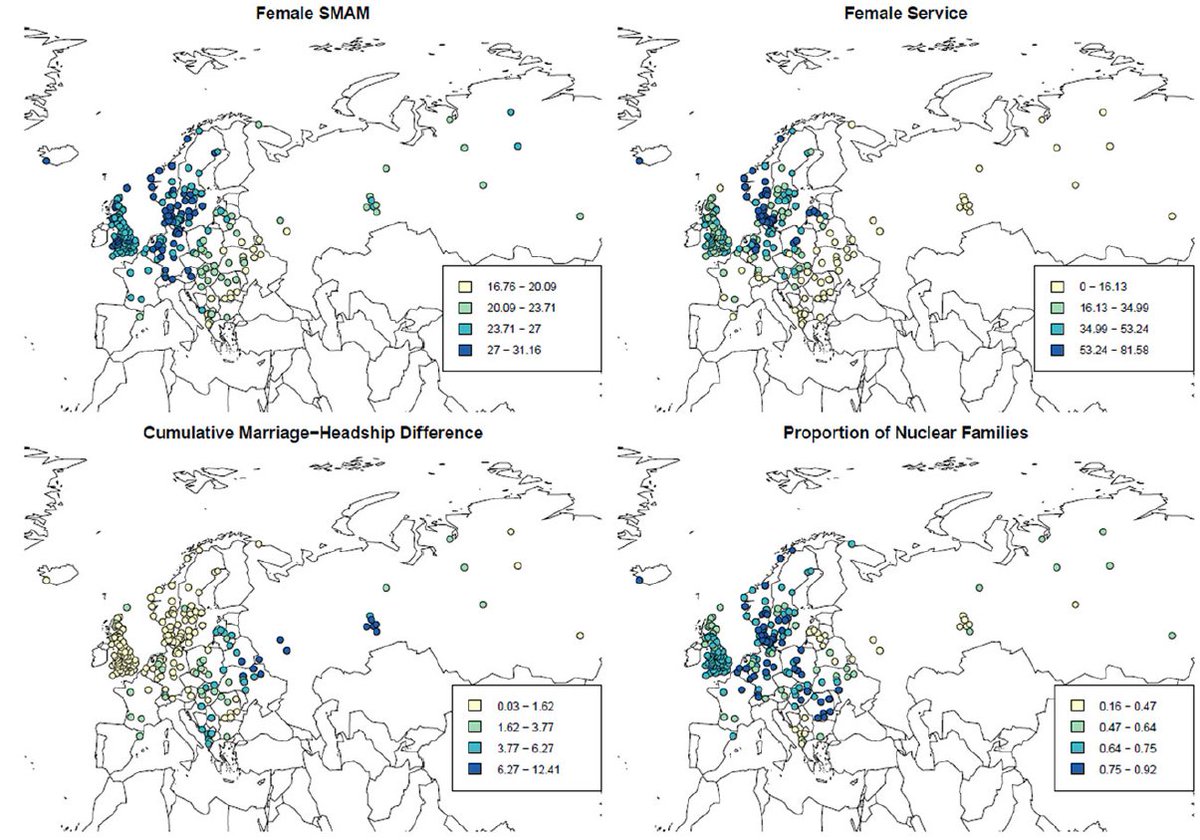
 Date can be represented as two clusters, an Eastern and Western pattern of Marriage
Date can be represented as two clusters, an Eastern and Western pattern of Marriage 